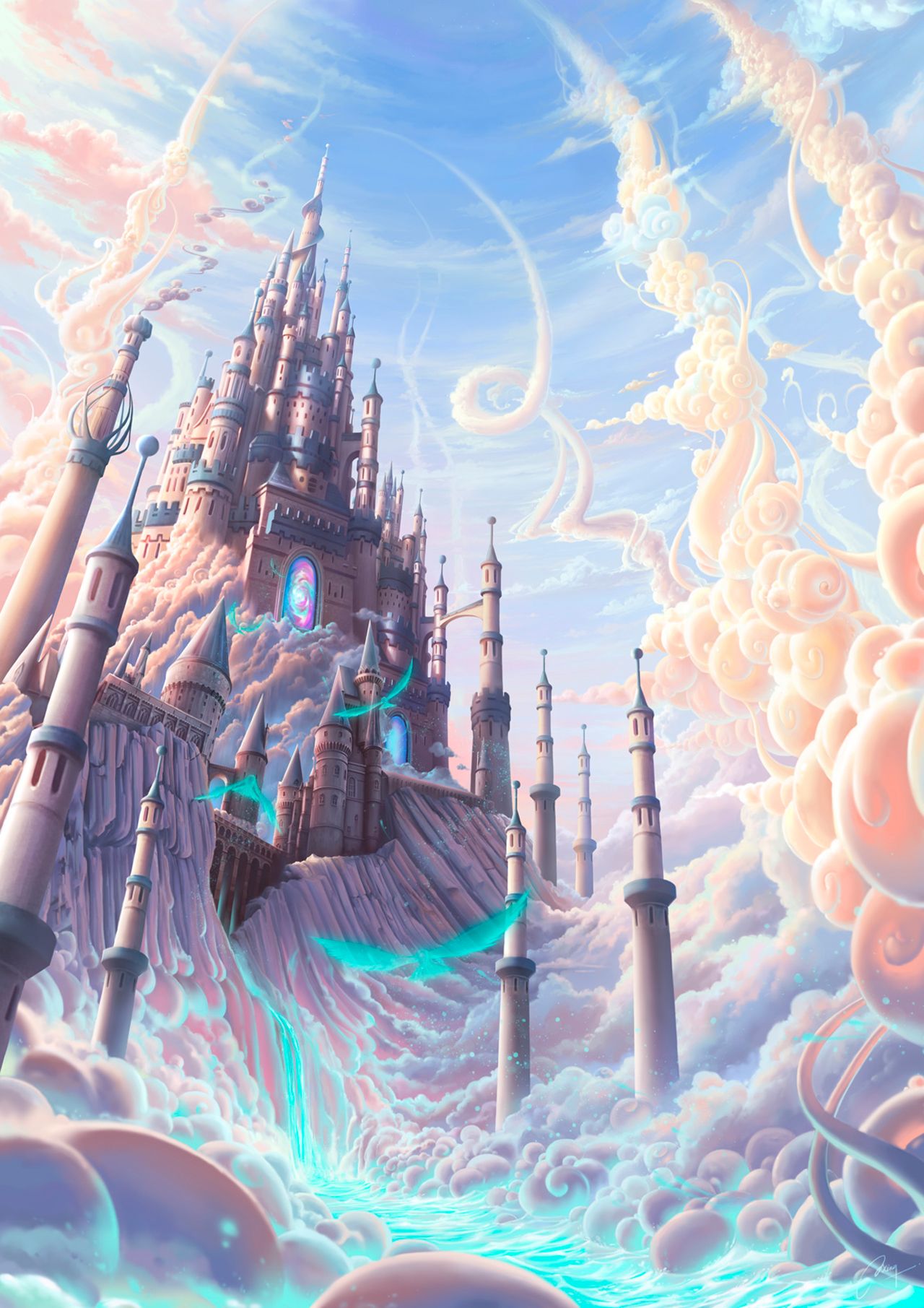The Underside is a rogue-lite, hack and slash, with up to 4-player local co-op, where you take the role of the last in line, bed monster-hunting family business. Hired by kids to eradicate the monsters living under their beds, venture to an imaginary plane where the monsters live, creating your own path with the contracts you selected before venturing in. Unlock different weapons in the fight for a good night’s sleep. Different contracts lead to different scenarios with unique bosses and enemies.
Welcome to Devlog #4
Hi!

Introduction
In the last two weeks, we’ve been working on settling some much-needed art elements and bug hunting our previous code base, now we’re entering a new phase of development where we aim to finish adding the RPG systems in our game (dungeon items, different weapons and some more extensive enemy types) and start polishing the current experience, targeting a playable vertical slice of the game.
![]()
RPG Systems
Items & Contracts
In The Underside, items are dungeon pickups the player can find during his playthrough by completing rooms and levelling up, visually indicated by an XP progression bar. Meaning if the player decides to explore more rooms of the level he will most likely be more powerful in the end.
Design-wise, items will be player upgrades that are meant to significantly change the combat approach and ease, this is a philosophy taken by many of the new ARPG rogue-lites, like The Binding Of Isaac (Edmund McMillan, 2011), Hades (Super Giant Games, 2020) and Risk of Rain 1 and 2 (Hopoo Games).

Items in The Binding Of Isaac Afterbirth
When the player levels up inside the dungeon, he is given the choice between 3 randomly picked items (that follow quality rules) and we want this choice to be build-enabling. With this, more than wacky fun items, we want small bonuses that work together to create something powerful.
While items are rewards from levelling up, contracts are rewarded from defeating bosses inside the dungeon as item drops. Defeating a boss from a contract has the chance to reward a contract from the next tier/rarity, giving this nice and controllable progression to the player to continue gaining more contracts of a corresponding tier.
Elite Enemies
In a true ARPG fashion, some enemies inside the dungeon will spawn as Elite types. Elite types create rules and priorities within combat attached to a stronger enemy, both in speed and resistance.
In most games, elite enemies are very identifiable visually with one of the most common colours being used are yellow and orange tones. These colours are easy eye-catchers, breaking common palettes in games, and are used in different contexts and game genres, for example in 3D fps parkour games like Mirror’s Edge, Dying Light and others, to mark climb-able ledges and other interactable scenery.
Some in-game examples of elite enemies:
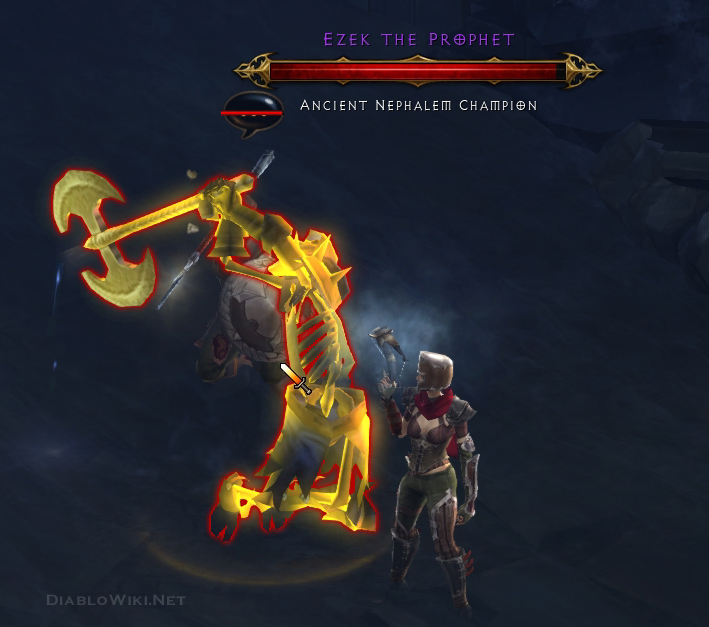
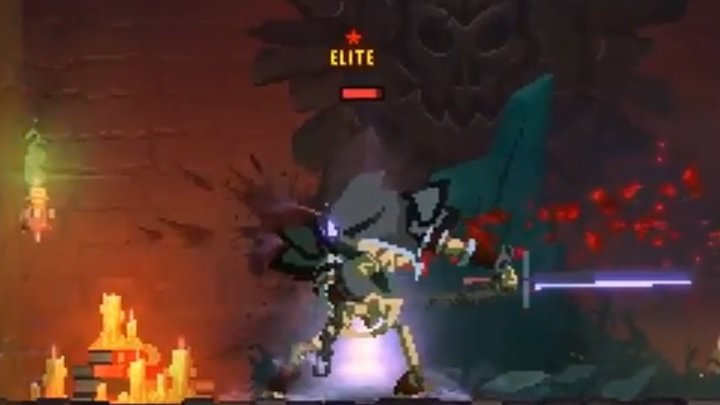
Diablo 3 - Elites have special abilities, more health and damage
DeadCells - Elites have more health, damage and an increase in attack speed after falling below a health threshold.
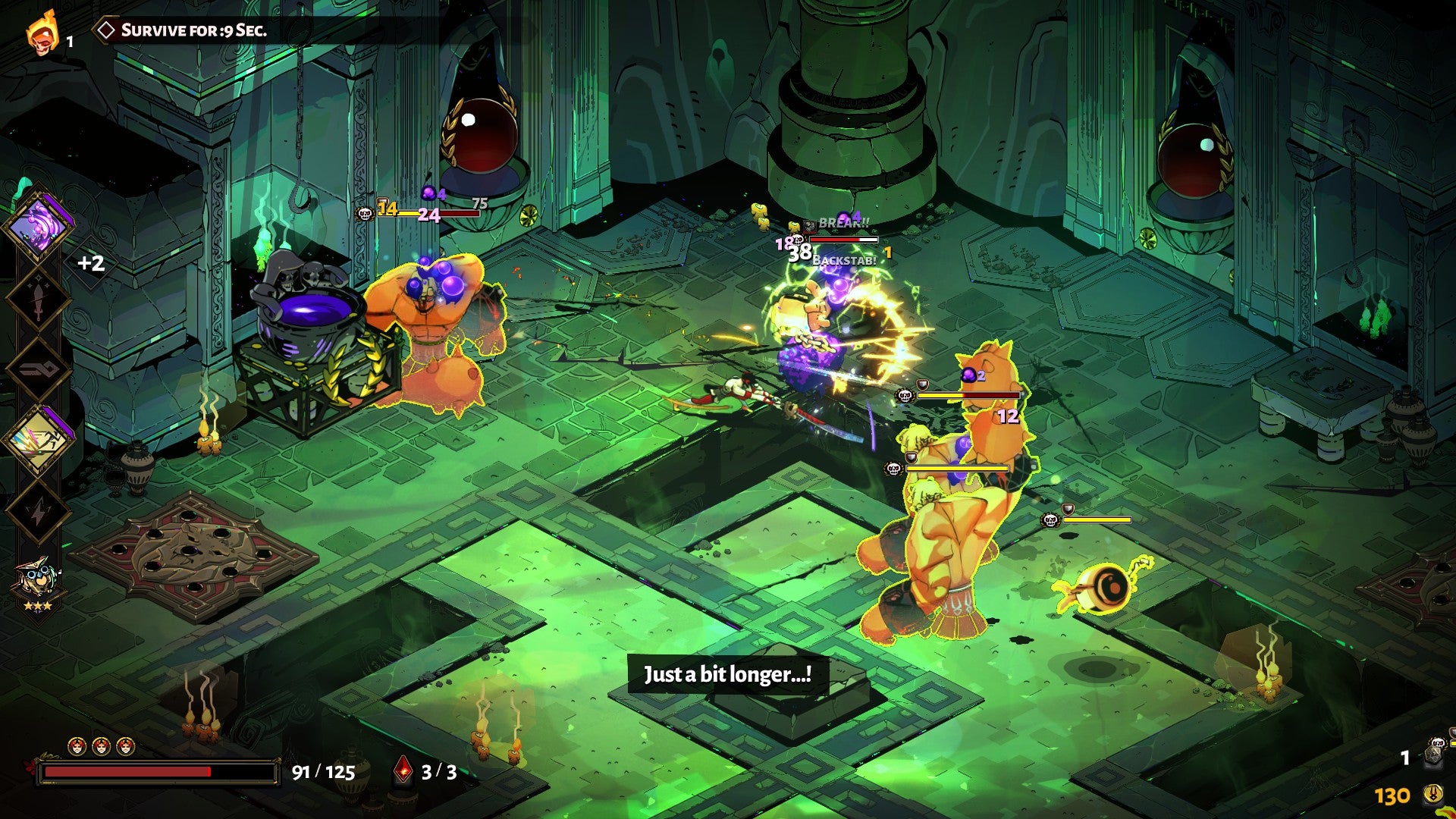
Hades - Elites come in more abundant numbers, they have armoured health bars meaning they cannot be stunned with basic attacks, have more damage, some also have special abilities
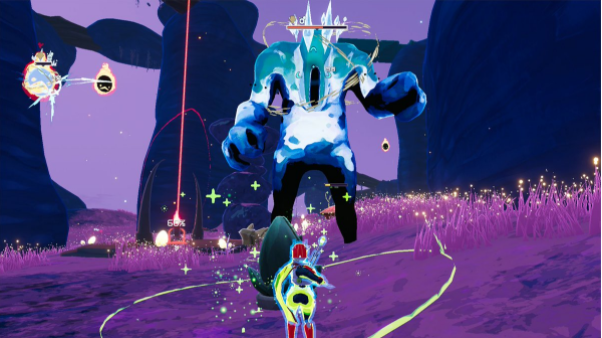
Risk of Rain 2 - Elites have a special ability colour coded, more health and damage, these abilities vary from leaving a trail of fire, to stopping the player’s ability to heal from items.
We are taking some of these examples to design our elite types and special elite abilities, most of them will have an increase in HP, damage etc… but we won’t make them sponges, we want to make sure elites are easy to deal with without some broken special build, but are a hassle if not focused properly.
![]()
Visual concepts for our Dungeons
As we wrote at the beginning of this devlog, we’ve been working on our visual identity in the dungeons. There is still a lot of work to be done such as creating our own concepts, but we are making good progress in that regard.
For the first dungeon archetype, we are going for a cloud forest environment with several hints to children’s creativity and imagination in the outdoors, recreating a sense of freedom imagination gives at a young age. Representing this imagination inside the dungeon, cardboard structures, plants, trees and other elements will be present, protruding from the cloudy floors and walls, as if left there by children that ventured too high in their imagination.
We took this inspiration from how some of us, as kids, would use cardboard from leftover boxes to build and play around with.
Below are some images of our inspirations (and unfortunately no, we didn’t create the cardboard fort and rocket, yet!):
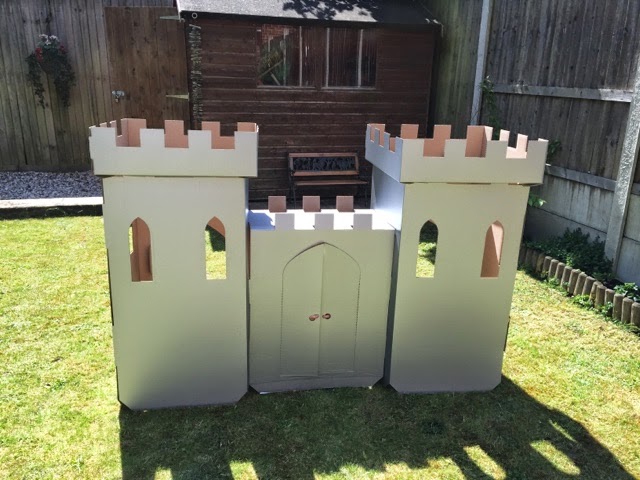
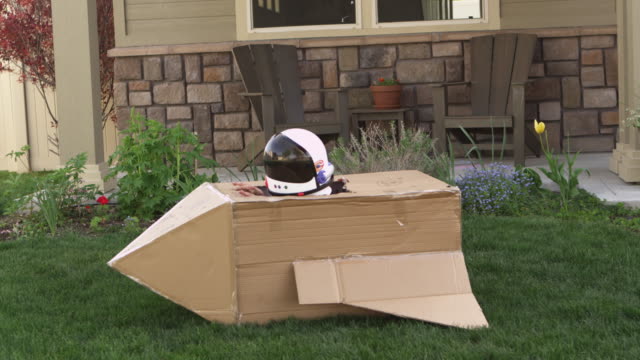
Cardboard structures
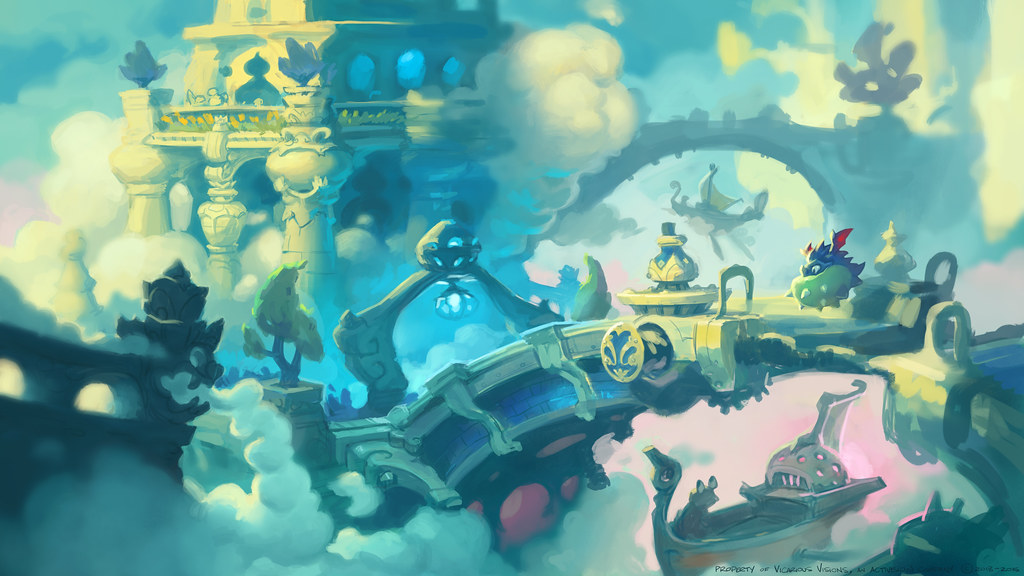
Skylanders: SuperChargers Cloud Kingdom Exploration
The game is targeted to several platforms, and so, we need a way to describe in the UI what buttons the player must press to do some action. This week we took our time to implement this system in an easily extensible way, meaning we can add more controller types without writing new scripts.
To archive this, we are using Unity Scriptable Objects to define each icon for a specific controller, saving a button ID, icon, text etc… Afterwards, we search if an action (attack, dash, interact) is assigned to a button, and retrieve the icon via button ID.
These 3 SOs are the same type, we just create more for each type of controller.

Inside of each, we have an array of input icons that define the button ID and the icon
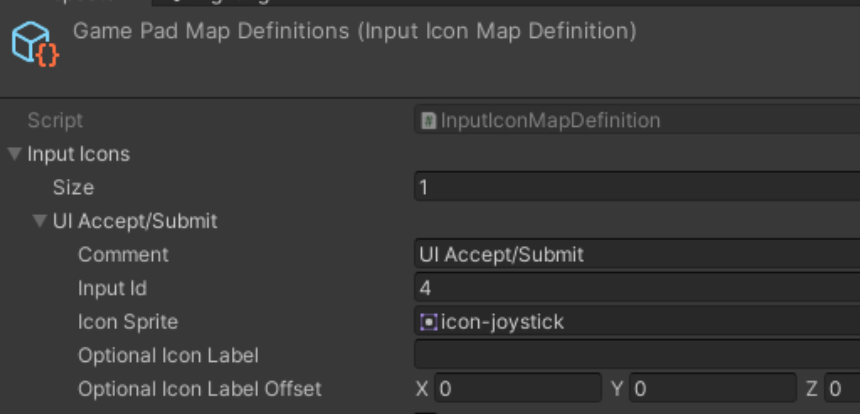
In our UI elements, we then add a script that keeps track of the current controller being used and the action that corresponds to the UI Icon, when there's a controller change recorded the UI is reloaded.
Overall this is a really simple system but improves the responsiveness and UX of the game by a lot.

Conclusion
In the upcoming weeks, we will continue to explore and create dungeon rooms where the player can have interesting interactions, so by our next devlog, we should already have a mockup or two of dungeon rooms to show as you accompany us as our world slowly comes to life.
See you next week for another update on The Underside’s development and thank you for sticking with us!
You can follow our content and more of this game on our Twitter here: Twitter.com
And if you want to go one step further you can join our discord and interact directly with us: Discord.gg
The Tip Studios is composed by:
Sound Designer and Producer João Rebelo - Soundcloud
Designer and AI Programmer Miguel Fernández -Github profile
Programmer and Technical Artist Rodrigo Pinheiro - GithubPage
3D/2D Artist Tomás Franco - Artstation

Devlog #3 | The Underside Visual update and Enemy AI
NewsDevlog #3 of The Underside, a rogue-lite hack & slash with 4-players co-op, where you build your own dungeon and change the outcome of each playthrough...

Devlog#2 | The Underside Hub Rework and Music
News 2 commentsDevlog #2 of The Underside, a rogue-lite hack & slash with 4-players co-op, where you build your own dungeon and change the outcome of each playthrough...

Devlog#1 | The Underside concept and prototype
NewsUnderside is a rogue-lite hack & slash with a 4-players co-op, where you build your own dungeon and change the outcome of each playthrough in this imaginative...





